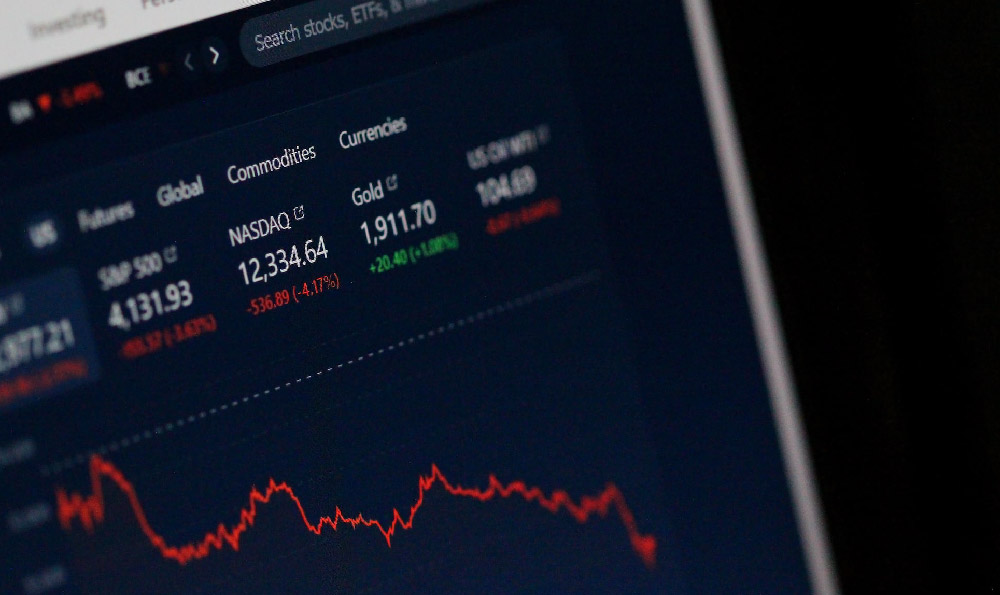
Gold has captivated humanity for millennia, serving as a symbol of wealth, power, and enduring value. In the context of retirement planning, the question of whether gold is a wise investment often arises. It's a complex issue with no simple yes or no answer, as the suitability of gold for retirement depends heavily on individual circumstances, risk tolerance, and overall investment strategy. To determine if gold deserves a place in your retirement portfolio, a thorough examination of its characteristics, potential benefits, and drawbacks is necessary.
One of the primary arguments for including gold in a retirement portfolio is its perceived role as a hedge against inflation. Historically, gold has tended to maintain or even increase its value during periods of rising inflation, when the purchasing power of traditional currencies erodes. This is because gold is a tangible asset with limited supply, unlike fiat currencies that can be printed by central banks. As inflation rises, investors often flock to gold as a safe haven, driving up its price. This can help to preserve the real value of your retirement savings during inflationary periods.
Furthermore, gold can act as a diversifier in a retirement portfolio. Diversification is a cornerstone of sound investment management, as it helps to reduce overall portfolio risk by spreading investments across different asset classes. Gold often exhibits a low or even negative correlation with stocks and bonds, meaning that its price movements are not closely tied to those of traditional assets. During periods of market turmoil, when stocks and bonds may decline, gold can potentially hold its value or even appreciate, helping to cushion the impact of market downturns on your retirement portfolio.

Another compelling reason to consider gold is its role as a store of value during times of geopolitical instability or economic uncertainty. In times of crisis, when confidence in governments and financial institutions may waver, investors often turn to gold as a safe haven asset. Gold's historical reputation as a reliable store of value can make it an attractive option during periods of heightened risk and volatility. For retirees or those nearing retirement, preserving capital is often a top priority, and gold can provide a measure of security in an uncertain world.
However, it's crucial to acknowledge the potential drawbacks of investing in gold for retirement. One of the most significant disadvantages is that gold does not generate any income. Unlike stocks that pay dividends or bonds that pay interest, gold simply sits there, offering no cash flow. This can be a significant drawback for retirees who rely on their investment income to cover living expenses. While gold may appreciate in value over time, it does not provide a regular stream of income.
Another concern is the volatility of gold prices. While gold is often seen as a safe haven asset, its price can be subject to significant fluctuations. Gold prices are influenced by a variety of factors, including inflation expectations, interest rates, currency movements, and geopolitical events. These factors can be unpredictable, leading to sharp swings in gold prices. Investors need to be prepared for the possibility of significant price volatility when investing in gold.
Moreover, the costs associated with buying and storing physical gold can be substantial. When purchasing physical gold, investors typically have to pay a premium over the spot price, which can eat into potential returns. Additionally, storing physical gold securely requires either purchasing a safe or renting a safety deposit box, both of which incur additional costs. There are also concerns about the security of physical gold, as it can be vulnerable to theft or loss.
For those who prefer not to deal with the hassle and expense of physical gold, there are alternative ways to invest in gold, such as gold exchange-traded funds (ETFs) or gold mining stocks. Gold ETFs track the price of gold and offer a convenient way to gain exposure to gold without owning the physical metal. Gold mining stocks represent ownership in companies that mine gold. While these alternatives can offer liquidity and ease of access, they also come with their own risks. Gold ETFs may not perfectly track the price of gold, and gold mining stocks are subject to the performance of the underlying companies, which can be affected by factors such as mining costs, regulatory issues, and political risks.
Ultimately, the decision of whether to invest in gold for retirement is a personal one that depends on individual circumstances and investment goals. There is no one-size-fits-all answer. If you are a risk-averse investor seeking a hedge against inflation and a diversifier for your portfolio, then a small allocation to gold may be appropriate. However, it's crucial to understand the potential drawbacks of gold, such as its lack of income generation and price volatility.
Before investing in gold, it's essential to carefully consider your overall investment strategy, risk tolerance, and time horizon. Consulting with a qualified financial advisor can help you assess your individual circumstances and determine whether gold is a suitable addition to your retirement portfolio. A financial advisor can also help you determine the appropriate allocation to gold and choose the most suitable investment vehicle.
In conclusion, gold can be a valuable component of a well-diversified retirement portfolio, particularly as a hedge against inflation and a safe haven during times of uncertainty. However, it's crucial to understand the potential drawbacks of gold and carefully consider your individual circumstances before investing. A balanced approach, combined with professional financial advice, can help you make informed decisions about whether gold deserves a place in your retirement plan. Remember to always prioritize diversification and risk management to protect your retirement savings.